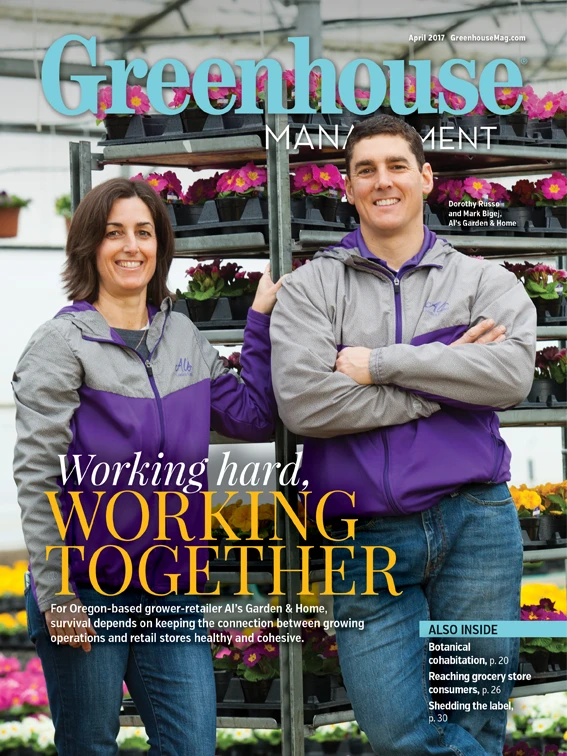
A few weeks ago, I went with a group of friends to see a Cirque Du Soleil show, Toruk — The First Flight, a fantastic display of kinetic artwork and human strength and expression inspired by the 2009 movie “Avatar.” As are most Cirque shows, it was chaotic at the same time as it was highly coordinated, with each dancer, acrobat and puppeteer moving in a seemingly random manner that added up to a perfectly flowing, captivating show.
Afterwards, we had the opportunity to speak with the show director and one of the main characters to understand some of the behind-the-scenes action. One of the most interesting aspects of the “Avatar”-inspired show is that the Cirque performers actually learn the constructed language used in the movie, Na’vi, and use it to communicate with each other on the set and during the shows. This may seem like a lot of extra work for acrobats used to focusing on their tumbling and not as much on speaking roles in Cirque performances, but it allows the actors to communicate with each other while staying in character and not using English, they told us. For many of the actors, English is also not their native language. While it’s challenging to learn, having a common language plays a vital role in the successful execution of each show. Performers can use Na’vi to tell each other to slow down, speed up, move over, be careful or other directions that help the show’s flow.
While your day-to-day may be nothing like a Cirque performance, finding the best way to communicate and coordinate all of the moving parts is essential for the success of any business. This month’s cover story features Al’s Garden & Home, a grower-retailer that supplies nearly all of the plant material sold at its four retail stores. Siblings Dorothy (Bigej) Russo, chief of growing operations, and Mark Bigej, chief of operations, have firsthand experience with the coordination and effort it takes to run two separate business divisions under the Al’s flag.
“What has made us successful and what we continue to work on to stay successful is an open line of communication. That’s where Dorothy and I really work hard,” Bigej explains. “Fortunately, unlike many siblings, we get along very well. There’s an openness and willingness, and a back and forth. We have an eye on the big picture. We understand our end goal and work hard to work together.” And that hard work, strong communication and careful coordination has paid off for Al’s. Turn to page 12 for the full story.

Karen E. Varga, Editor
216-393-0290 | Twitter: @Karen_GIE

Explore the April 2017 Issue
Check out more from this issue and find your next story to read.
Latest from Greenhouse Management
- 2025 Proven Winners Horticulture Scholarship applications now open
- How to improve inventory and shipping management in the greenhouse
- Leading Women of Horticulture: Anna Ball, Ball Hort, and Terri McEnaney, Bailey Nurseries
- GM CEA HERB Part 2: A guide to increasing the sowing density of culinary herbs
- GM CEA HERB Part 1: Best practices for producing culinary herbs in controlled environments
- USDA fires experts on invasive pests, including Asian citrus psyllid, chilli thrips
- CEA Alliance celebrates bipartisan introduction of Supporting Innovation in Agriculture Act
- Dümmen Orange North America celebrating 25th anniversary in 2025






